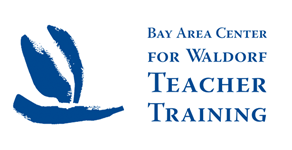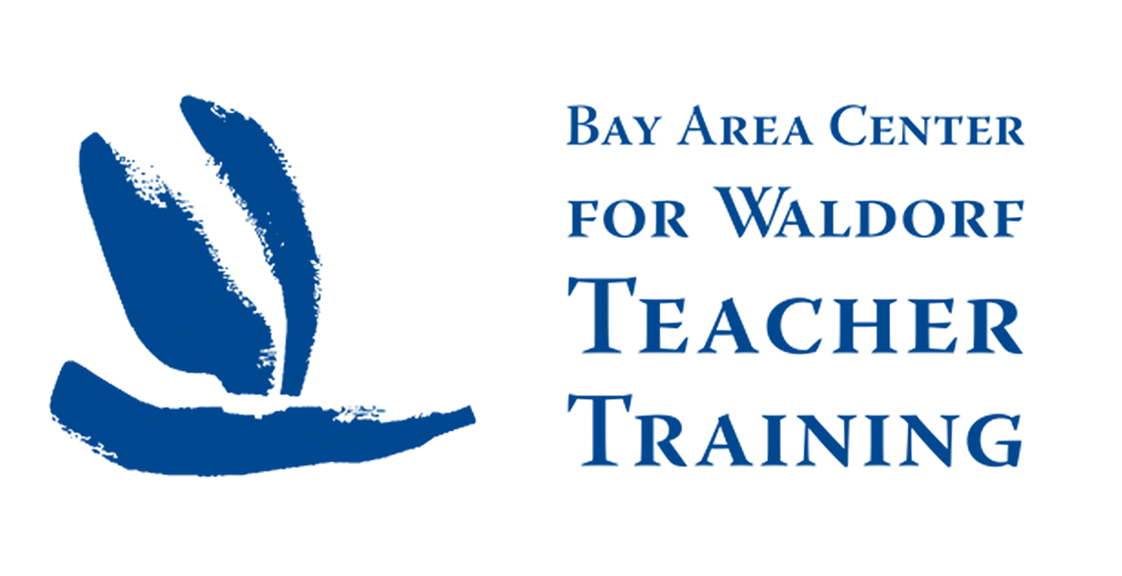Dear BACWTT Students, Alumni, Friends and Colleagues,
Here is the Calendar of the Soul verse for this week:
Verse 48
Within the light which for the soul
Mightily would flow from universal heights
Shine forth world thinking’s certainty,
Solving riddles of the soul,
Gathering the power of its rays,
Waking love within the human heart.
This week we come to a verse that sounds out the line, “Solving riddles of the soul.” It is a verse that sticks in one’s mind from previous years, previous readings. I wonder what Steiner was able to tune into; that this week, of all the weeks in the year, has this unique quality engaging us in a way that we are open to the riddles of the soul.
Having worked recently with our 2nd Year students in Karma and Reincarnation, I see that when Steiner mentions “riddles of the soul,” he is connecting to the themes that we touched upon in this course – the deeper impulses and forces at work in our lives. In the introduction to his book, A Western Approach to Reincarnation and Karma, Rene Querido states that all modern people who awaken to the outer world and to a consciousness of the inner self encounter these major life questions:
- Who am I? – The question of identity
- What is the significance of the people in my life? – The question of destiny
- Does my life have a purpose? Do I have a task? – The question of meaning
Is there something “in the air” this week that makes us particularly sensitive to these riddles? Do we waken a bit more than usual to them at this time of year? It makes sense when we relate to the bursting, springing, blossoming activity of nature where there is also an underlying quality of yearning and searching in the plant world. There is also a memory, when we observe the impossibly light, delicate cherry blossoms that are appearing now, of the innocence of youth; the innocent looking forward to and a childhood belief in the future. Following the imagery of the Calendar of the Soul verse, “light which for the soul… flow from universal heights,” we can picture ourselves standing beneath a cherry tree in blossom.
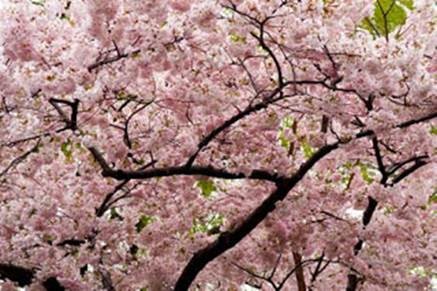
The refined sense held in Japanese culture for the magic of the blossoming trees and conveyed in poetry combines the feelings of beauty blended with melancholy, of the temporary mixed with the eternal, of fragile perfection with earthy heaviness, sweetness and bitterness. There is a feeling of “standing between” heaven and earth, of heavenly memories and earthly knowledge.
What a strange thing!
to be alive
beneath cherry blossoms
Never forget:
we walk on hell,
gazing at flowers.
In the cherry blossom’s shade
there’s no such thing
as a stranger.

The French painter Odilon Redon created a number of images of Buddha. The figure is always associated with flowers in these paintings, and we can sense that they are more than physical flowers – they express something of the soul experience that the figure is having. By the use of the softness and transparency of the Buddha and the breathing that is taking place between his inner world and the outer world of nature, Redon is capturing a feeling for the riddles of the soul – the riddles that have to do with incarnation, being here in a body on Earth and the question, “What should I best do with my allotted time?”
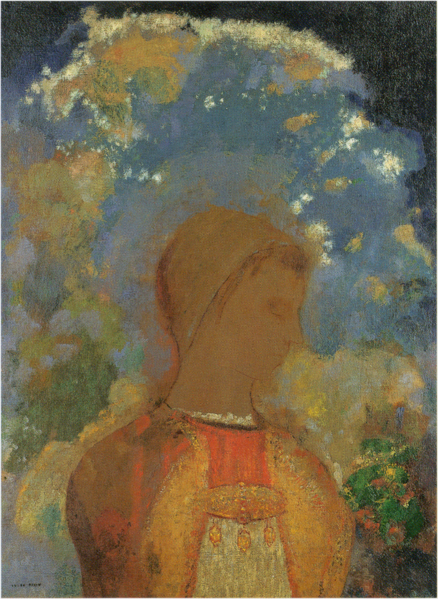
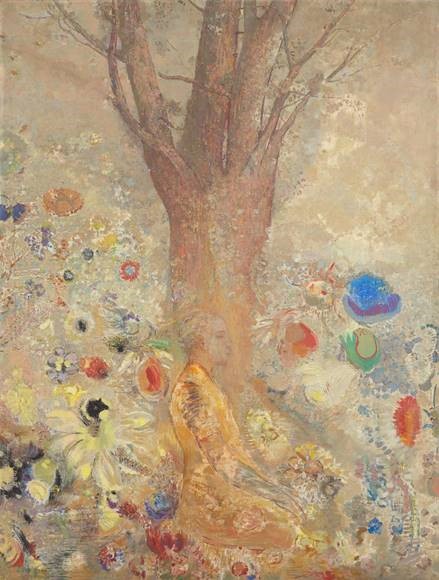
The esoteric initiatory path of Buddha had to do with being able to “remember” back through the gateway of his birth to pre-birth. The riddles of soul that the verse calls out this week are riddles of remembering what in Waldorf education and Anthroposophy are called “pre-birth intentions.” The idea of pre-birth intentions assumes a whole world of ideas concerning the nature of the human being that you will probably not find on many Waldorf school websites! The human being as a being of body, soul and spirit for example, or reincarnation, or the way that the child (before being born to their parents) had an active role in the spirit world in preparing and planning their present life. You may find the oft-quoted excerpt from the poem by English poet William Wordsworth that poetically expresses this theme:
“Our birth is but a sleep and a foraging;
The Soul that rises with us, our life’s Star,
Hath had elsewhere its setting
And cometh from afar;
Not in entire forgetfulness,
And not in utter nakedness,
But trailing clouds of glory do we come”
For some inexplicable reason, when our society has become most open about spirituality and there is the possibility to freely choose one’s own individual, spiritual orientation, when it is considered sensible and healthy to care for one’s inner life and to cultivate and educate the inner life of children, Waldorf has become a little nervous about stating its view of the human being as a being that has a physical nature, a soul nature and a spiritual nature. Working as an educator in Waldorf education, it makes a tremendous difference if you consider that the child is not a new and blank slate, but rather has arrived in the world full of experience and wisdom that has been “temporarily forgotten” during the journey here.
The effect of modern, materialistic thinking is to create an enormous body of knowledge, information and facts, but at the same cast doubt upon the meaning, value and purpose of existence. The same worldview which relegates human feeling and emotion to byproducts of our biological nature and our ancient, ancestral drives is only able to see coincidence and random accidents in human connections and relationships. This worldview cannot recognize the evolutionary force that resides in the inner chambers of the human heart.
The second part of the verse points to a task which is at the heart of Waldorf education – and guides the educational approach:
Cultivating “world thinking’s certainty… riddles of the soul” can be brought to light… “Gathering the power of its rays, waking love within the human heart” to take our place in the work of the world.
This is a work to be done by the adults: to step into this process and, in so doing, create a space for the young so that they may hold onto their pre-birth intentions long enough to bring what they intended into the world. It is counterrevolutionary, a harmful deception when the young are led by adults to a world conception that places no value upon what they carry in their hearts. “Waking love” is the goal of our work, but love is too small and too overused a word to convey all that is meant by it.
Ken
Kenneth Smith
Director
BACWTT
